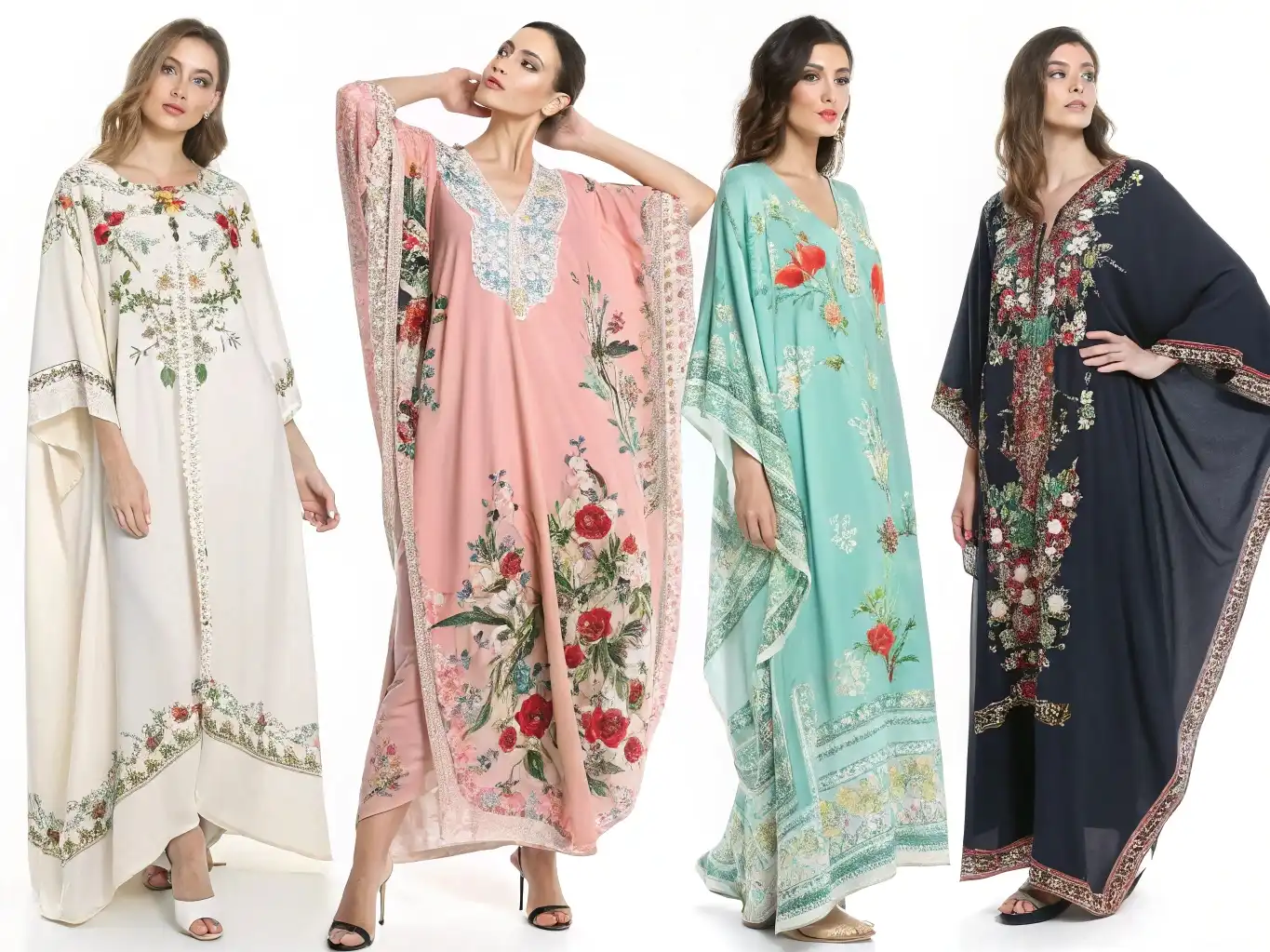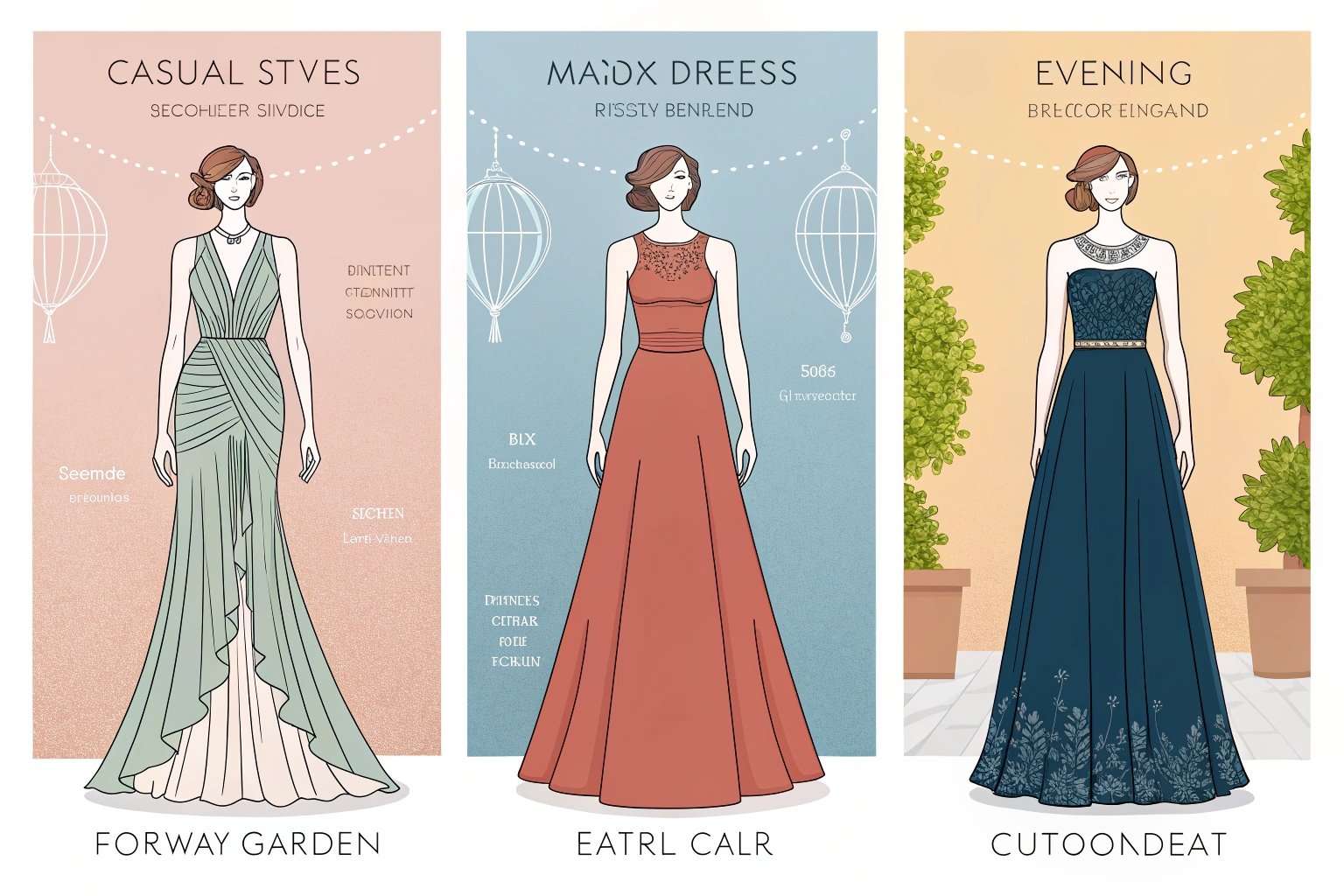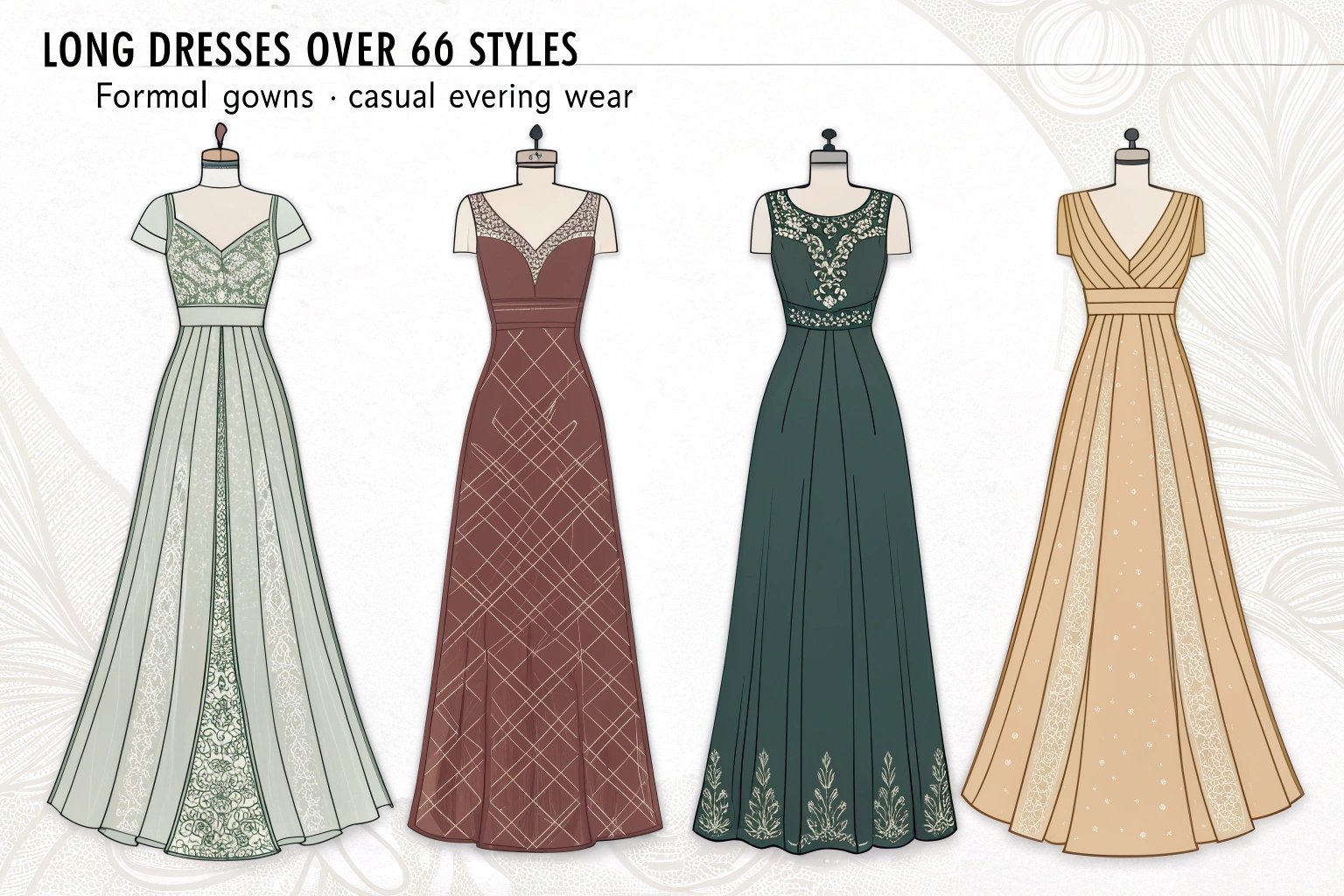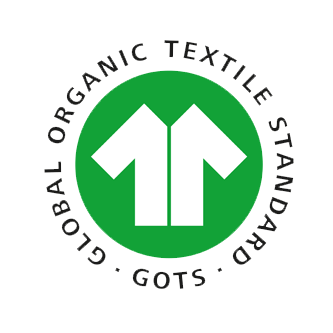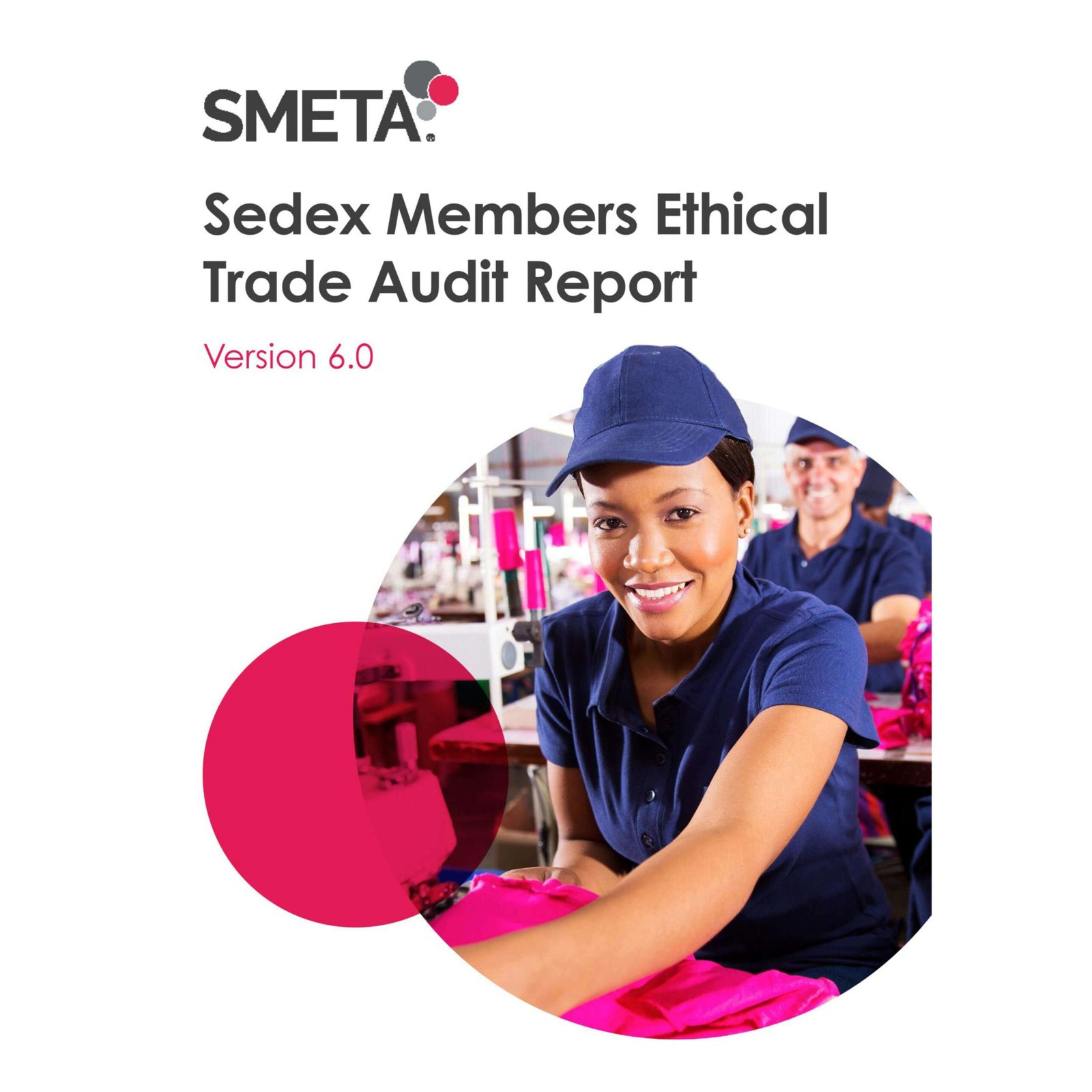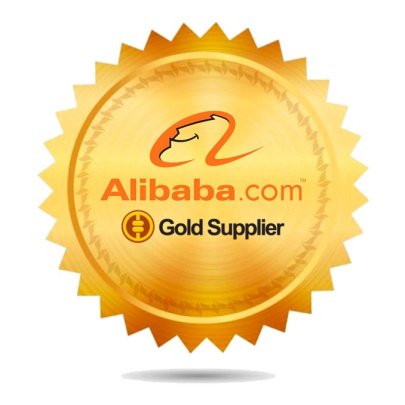Many fashion startups dream big, but launching with huge inventory is risky, costly, and rarely practical. I learned that small batch dresses manufacturer1s offer a solution—letting new brands test, adapt, and grow without overcommitting resources. But what exactly does small batch mean, and why is it the best fit for young brands?
A small batch dresses manufacturer specializes in producing limited quantities of dresses2 per style—often between 30 and 300 pieces per design. This approach reduces financial risk3, supports agile product testing4, and gives startups flexibility to pivot5 or expand as they learn from real market feedback.
When I started XZAPPAREL, partnering with small batch manufacturers let me validate designs and build a following without sinking my budget into unsold stock. Here’s why this production model works so well for new fashion ventures.
What Does “Small Batch Manufacturing” Really Mean in the Fashion Industry?
Before you choose a production model, it’s crucial to understand how small batch manufacturing differs from traditional mass production and how it shapes your launch strategy.
A small batch dresses manufacturer produces limited runs—typically ranging from 30 to 300 pieces per style—unlike mass production factories, which require hundreds or thousands of units. Small batch runs focus on flexibility, customization, and rapid iteration, allowing startups to react quickly to demand and feedback.
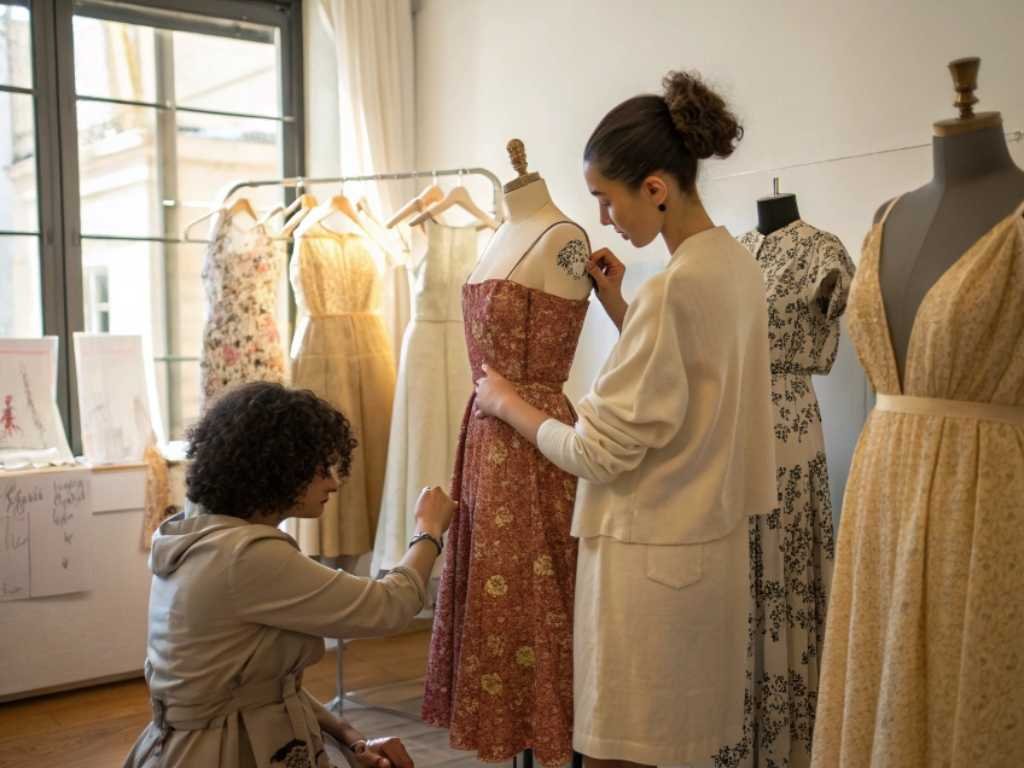 Dress Fitting Session
Dress Fitting Session
Small Batch vs. Mass Production in Fashion
| Feature | Small Batch Manufacturing | Mass Production |
|---|---|---|
| Order Quantity | 30–300 units per style | 500+ (often 1000–10,000+) per style |
| Setup Costs | Lower | Higher (due to large runs and tooling) |
| Customization | High (easy to test/change) | Low (fixed specs, harder to adjust) |
| Production Speed | Faster sampling, flexible timing | Longer lead times, batch-based |
| Risk | Lower (less unsold inventory) | Higher (capital tied in stock) |
Small batch production is the opposite of “one-size-fits-all.” It’s about adapting fast and staying lean in a fast-moving market.
What Quantities Count as Small Batch?
There’s no universal rule, but most manufacturers call anything between 30 and 300 pieces per style a small batch. Some factories will go as low as 10–20 units, especially for pre-production samples or capsule launches.
Why Choose a Small Batch Dresses Manufacturer for Your Clothing Brand?
Launching with small batch production has major benefits, especially for startups with limited capital and uncertain demand.
Small batch manufacturing keeps upfront costs manageable, minimizes excess inventory, and lets brands quickly adapt styles based on customer feedback. It’s the safest way to test the market, gather real sales data, and scale up only when you know what works.
Cost, Risk, and Flexibility Advantages
| Advantage | How It Helps Startups | Example |
|---|---|---|
| Lower Financial Risk | No need to buy thousands of units | Test 3–5 styles with 50 pcs each |
| Faster to Market | Quicker sampling, flexible timing | Launch in weeks, not months |
| Easy Iteration | Update styles/colors fast | Swap fabric after customer feedback |
| Inventory Control | Avoids overstock and markdowns | Reduce waste, keep margins strong |
Small Batch for Product Testing & Market Validation
You can launch a limited collection, measure real customer response, and adjust before investing heavily in large-scale production. For me, this approach meant less stress, less waste, and more confidence as my brand grew.
What Types of Brands Should Work with Small Batch Dresses Manufacturers?
Not every brand needs mass production—many modern labels benefit from starting small and scaling smart.
Small batch manufacturers are perfect for sustainable fashion startups, niche or capsule collections, new designers, and direct-to-consumer (DTC) brands. These businesses value agility, unique designs, and the ability to adapt quickly as trends or customer needs shift.
Ideal Brand Profiles for Small Batch Production
| Brand Type | Why Small Batch Fits Best |
|---|---|
| Sustainable Brands | Can use deadstock, experiment with low waste |
| Niche/Indie Designers | Offer limited editions, build exclusivity |
| DTC/E-commerce Brands | Pivot styles based on live customer feedback |
| Seasonal/Capsule Lines | Quick drops for special occasions or holidays |
How DTC Brands Benefit
DTC brands thrive on direct feedback—small batch runs mean you can drop new collections fast, test demand, and never overproduce. This reduces storage costs and keeps your inventory fresh.

How to Find a Reliable Small Batch Dresses Manufacturer
Finding a trustworthy partner is key—small batch specialists aren’t always the easiest to identify, and not every “factory” advertising low MOQs can deliver on quality or reliability.
You can search verified small batch manufacturers on platforms like Alibaba, Makers Row, Indie Source, and even on fashion-focused directories or by attending industry trade shows. Evaluate each partner on their willingness to accept low MOQs, sample quality, responsiveness, transparency, and ethical standards.
Where and How to Search for Small Batch Partners
| Channel | What to Look For | Why It’s Effective |
|---|---|---|
| Online Directories | Filter by MOQ, country, verified reviews | Compare many options in one place |
| Trade Fairs | Meet suppliers in person, see samples | Build trust, ask questions directly |
| Industry Referrals | Recommendations from designers/brands | Usually vetted by experience |
| Social Media/Groups | Niche manufacturers share their work | Good for finding boutique partners |
Criteria Checklist
- Low MOQ (ideally 30–100 units/style)
- Responsive, clear communication
- Willingness to sample before bulk orders
- Quality control processes in place
- Transparent pricing and terms
- References or client reviews available
Never skip the sample order—this is the only way to check fit, finish, and attention to detail before investing more.
What Are the Costs and Challenges of Working with Small Batch Dresses Manufacturers?
Small batch production isn’t always cheaper per unit—factories often charge more for smaller runs to cover setup and labor costs. Startups should be aware of the financial trade-offs and common operational challenges.
Per-unit costs are typically higher for small batch orders than for mass production, but the reduced risk, waste, and overhead often outweigh the price difference. Communication can be a challenge, especially with new or overseas partners, so clear contracts and ongoing check-ins are a must.
Realistic Cost Structure and Startup Pitfalls
| Expense Area | Small Batch Reality | Why It Matters |
|---|---|---|
| Per Unit Cost | Higher than bulk (setup, material waste) | Factor into pricing strategy |
| Sampling Fees | May be separate from production costs | Essential for QC, not always refundable |
| MOQ Surcharges | Some factories charge extra for very small runs | Budget accordingly |
| Shipping/Logistics | Small batches may not get bulk shipping rates | Plan for slightly higher shipping/unit |
Common Challenges
- Communication Gaps: New suppliers may misunderstand specs—be detailed, confirm all details in writing.
- Lead Time Variability: Small runs can still get delayed if factory prioritizes larger clients.
- Quality Fluctuations: Always review pre-production samples and random bulk units.

Prepare for some trial and error, but don’t compromise on transparency and sample approval before production.
Conclusion
A small batch dresses manufacturer lets startups launch smart, minimize risk, and grow at their own pace. While unit costs may be higher, the flexibility, control, and real-world learning make this model perfect for new, sustainable, or niche brands. Do your research, order samples, and stay proactive—your brand’s future depends on the partnerships you build now.
-
Explore this link to understand how small batch manufacturers can help startups minimize risk and adapt quickly. ↩
-
Learn how limited quantities can reduce financial risk and support agile product testing for new brands. ↩
-
Discover strategies to lower financial risk in fashion startups through small batch production. ↩
-
Find out how agile product testing can help fashion startups adapt to market feedback effectively. ↩
-
Understand the importance of flexibility in adapting business strategies based on customer feedback. ↩


